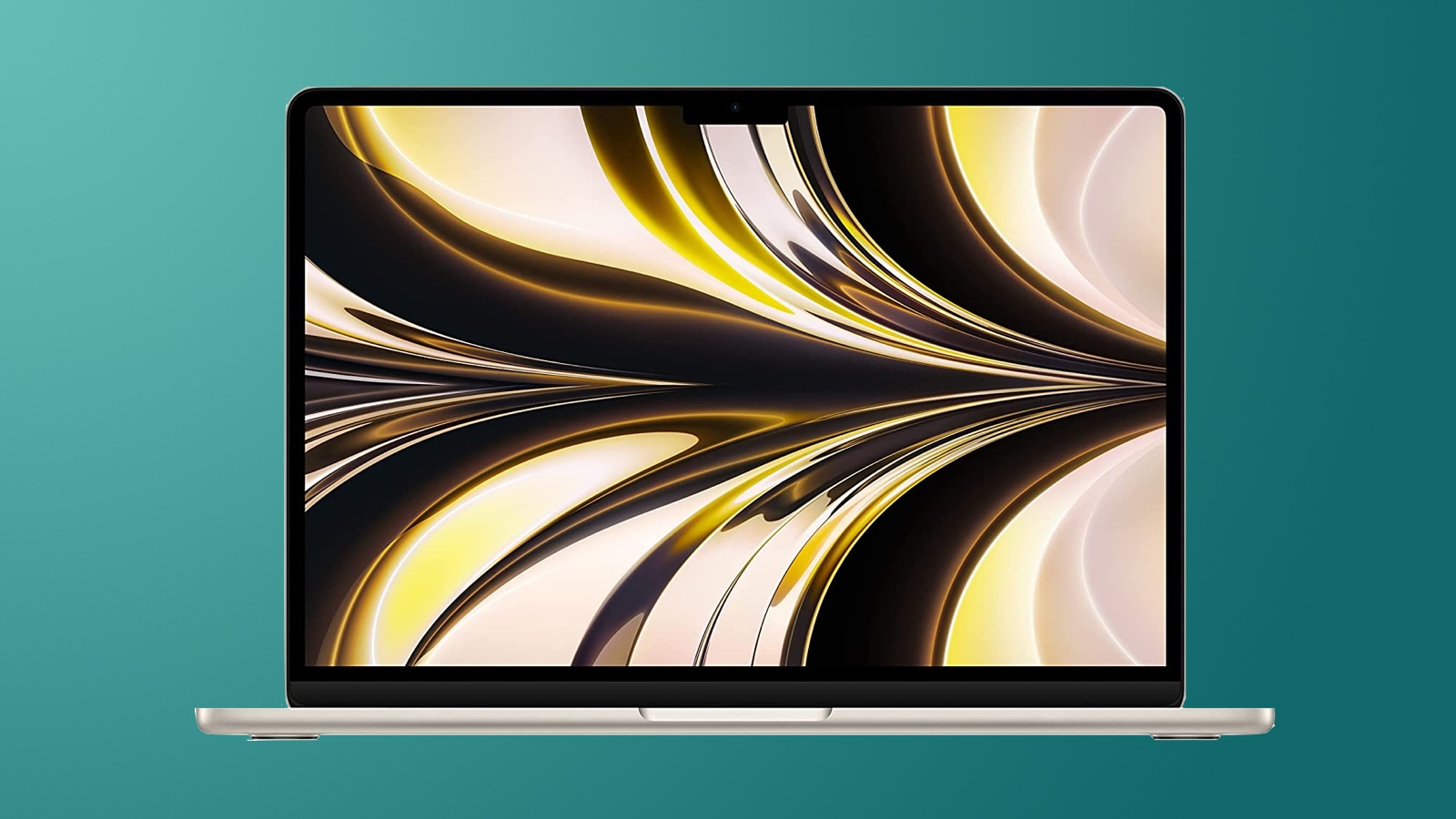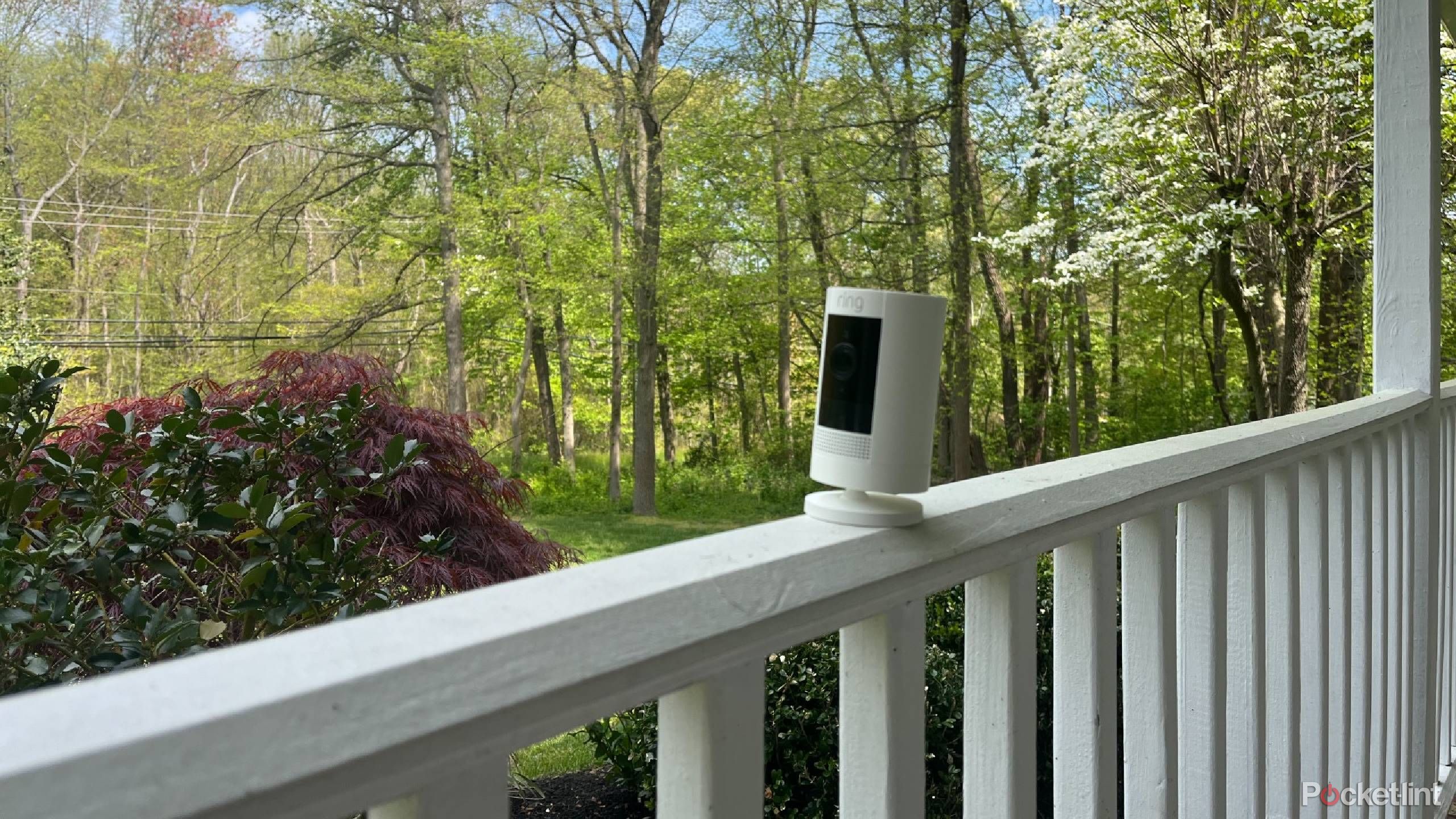Android 15 could tell you how long your phone’s storage will survive for
[[{“value”:”
Android 15 could come with a smart new feature that can check the health of your phone’s onboard storage, thereby alerting you to the risk of losing files or running out of usable space when you most need it.
The feature is dubbed Device Diagnostics, as spotted by Android Authority in the latest Android 15 beta, and provides users with a percentage readout of how much of your internal storage is still usable.
So why would you need such a feature? Well despite quotes onboard storage space, a lot of phones lose a portion of that to the operating system and native apps, and then overtime the universal flash storage (UFS) smartphones use, chosen for its speed, compact size, and low power consumption, can cause it to degrade over time. Such degradation comes at the hands of downloading flies, saving photos and transferring flies back and forth.
This happens to all forms of storage, eventually losing data or becoming completely unreadable, which loses anything not backed up. Currently, there aren’t any tools for checking the status of your phone’s internal storage, like some phones use for assessing battery health. So, without warning, your storage could fail, and you could lose valuable data that isn’t backed up.
However, the Device Diagnostics could provide access to battery and storage health information in the same place, making it easier to track components more prone to degrading over time. It could also include the ability to test your phone’s display and touchscreen functionality to see if they are still working properly. This could help you decide when to transfer your files to another storage option or switch to a newer device.
The wrinkle here is that Device Diagnostics is in the Android 15 beta meaning there’s no guarantee it will make it into the full release which we’re predicting will come sometime between August and October with more information likely to b revealed at the upcoming Google I/O 2024 event on May 14.
Furthermore, if it does become part of the full Android 15 rollout, Device Diagnostics may only be available to Google Pixel devices. This is because not all Android devices share the relevant information with the Android OS. As a result, it may not be able to provide precise storage lifetime information or support it at all.
After following the instructions from Android Police, I downloaded the Activity Launcher app on my Google Pixel 7 Pro running Android 15, I could access the device diagnostics without needing to root my phone.
From here I could see the component health of my Pixel and could confirm that my phone is maintaining 98% of its 128GB storage. I was also able to check my battery status with a detailed breakdown of its capacity, cycle count, and manufacturing date. So such a feature could be rather handy for people who want an extra layer of insight into their phone’s health and have yet to go big on cloud-based backups.
Maintaining memories
While not every phone could support the Device Diagnostics feature, you can still do a few things to prevent the loss of important files and phones right now.
The first is to backup your important files to another device or use cloud storage. The second is to perform performance maintenance on your device by deleting unnecessary documents and duplications and removing apps you no longer use or that are not supported.
You can also clear most apps’ cache and data within your phone’s settings; however, this may require you to sign in to those apps again.
You might also like
Xiaomi 14 review: Bigger on the insideGalaxy users claim they’re running into infamous green line problem after update5 things the Xiaomi 14 Ultra’s Photography Kit needs to truly elevate smartphone photography
“}]]

